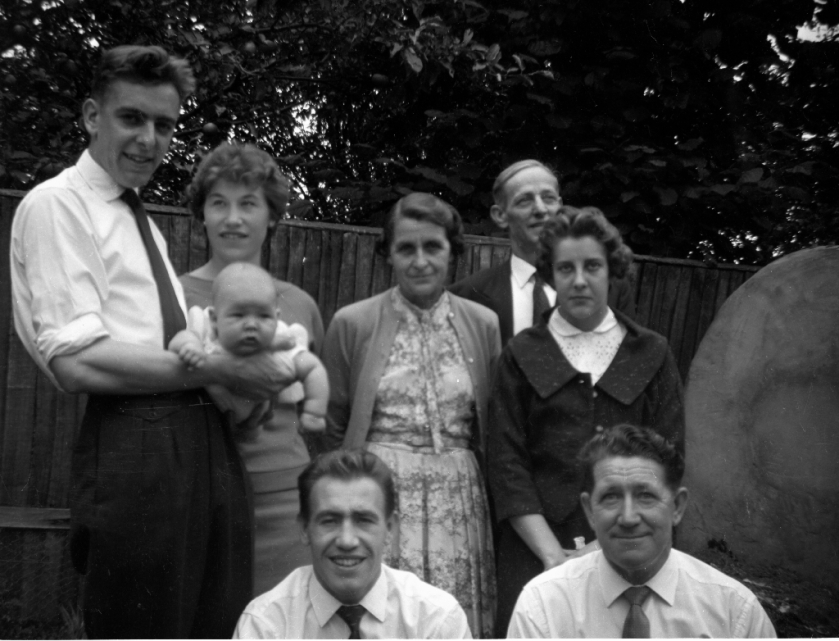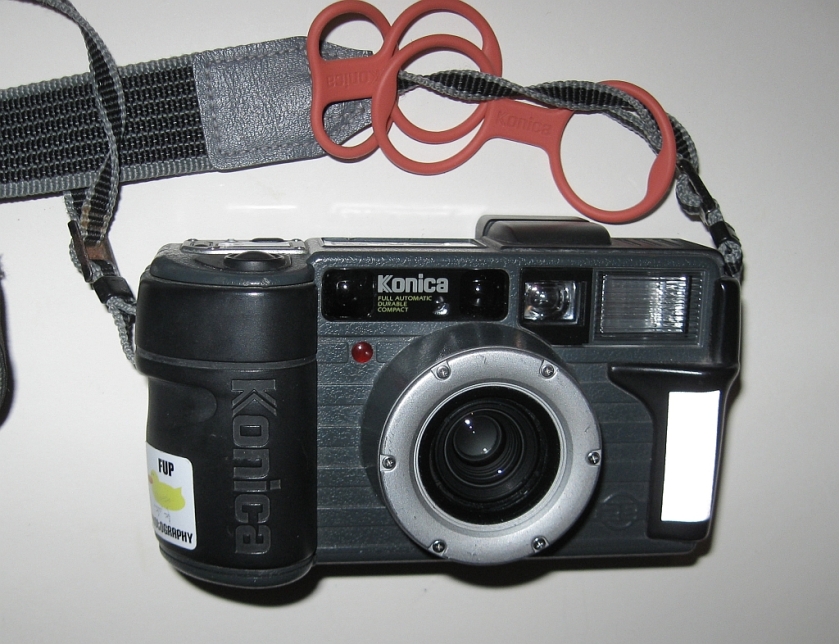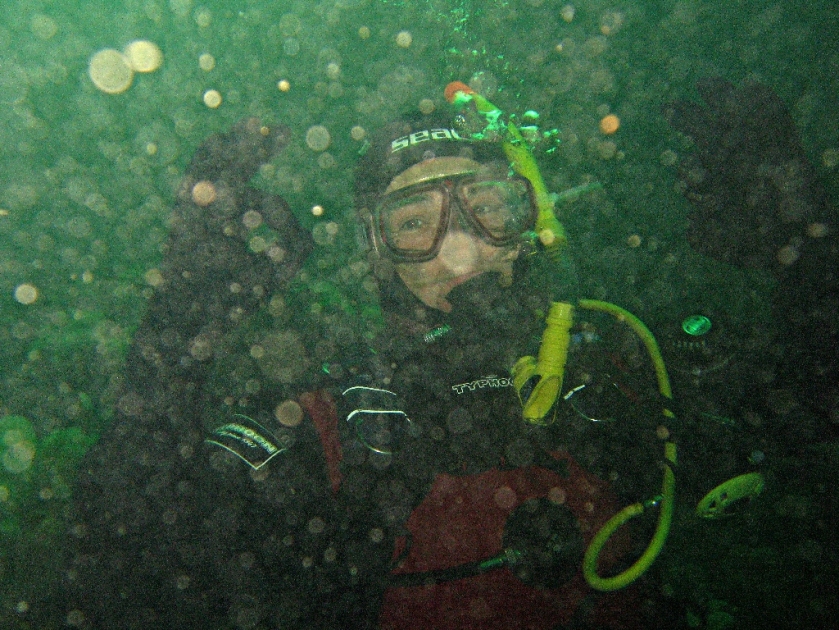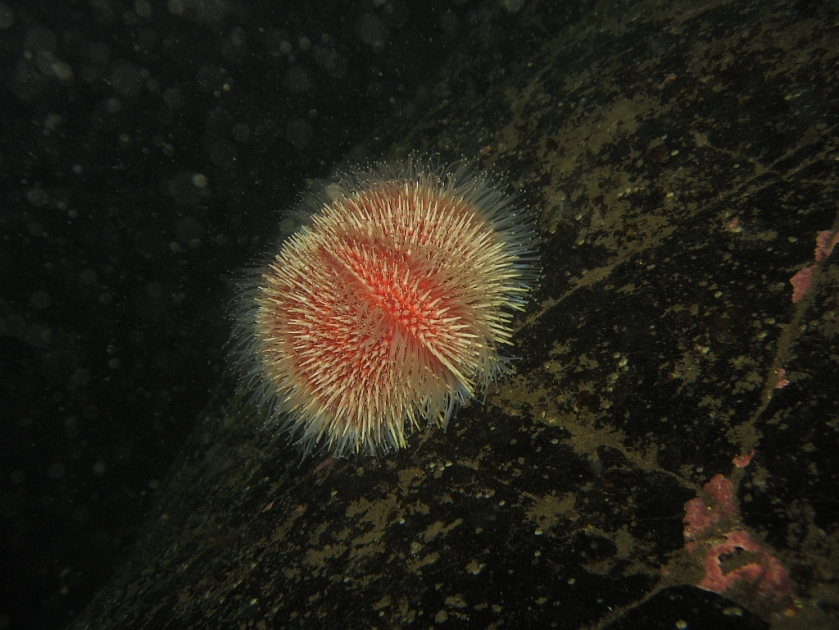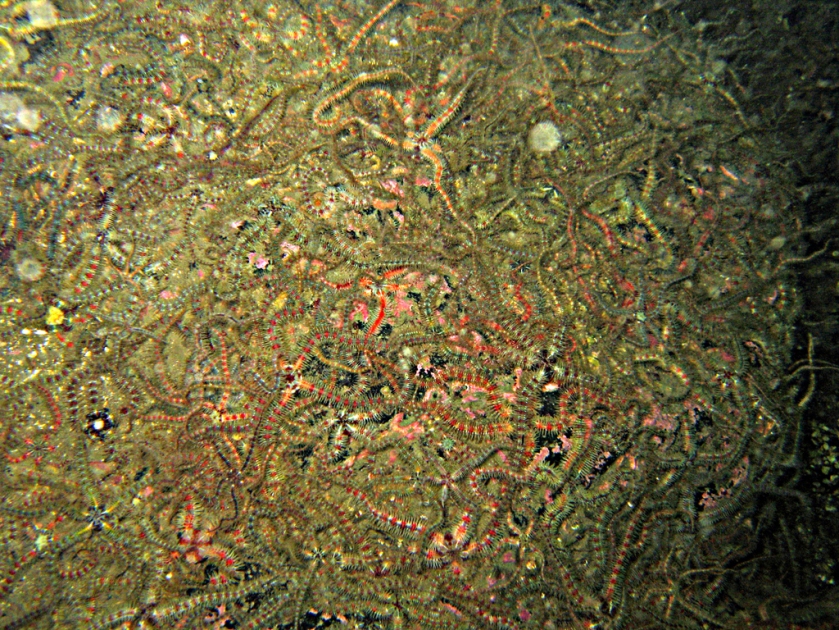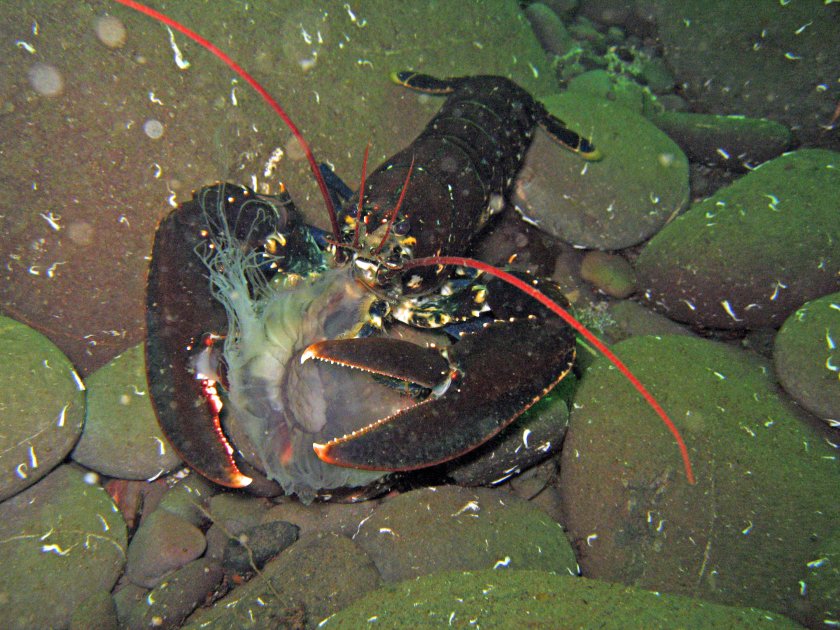A while back, maybe last year, I was given a Zenit E. It came with the usual Helios 44 lens that every groovy bokeh-beast wants for their digital. So I did what anyone would: I flipped the elements. It’s supposed to give a petzval effect with swirly backgrounds. It kind of worked, but mostly it was just very blurry. So I flipped the elements back the right way round and tried it for the usual bokeh shots. It’s OK, but I prefer my Industar 50-2. So what was I to do?
I loaded it with film. Not just any film either, but a roll of Retropan 320 Soft. Why change just one variable when you can change several, so you have no idea what is going on?
I also did a bit of research on the camera. Turns out it was a special model for the export market for one year only. The bonus feature for that magic year of 1966 was that the shutter speed dial had a chromed top rather than black paint. Be still, my trembling heart!
So what does a kilo of Soviet pride have to offer? This is the E model, that has a built-in but uncoupled light meter. The first thing is that the meter serious over-reads. Perhaps this is why it is in such good condition: anyone believing in the meter would be underexposing by at least five stops so would have rapidly lost the love of using this camera. Later models have an adjustment screw that means you can probably reset the meter, but the E does not.
And then there is the lens. This is a block of metal and glass you could kill zombies with, and it has a pre-set aperture. That means you set the aperture of choice on the ring furthest from the camera body, and then stop the lens down to that pre-set by twisting another ring just before taking the picture. In the days before automation this meant you could focus the camera with the lens wide open, giving you the brightest view and most accurate point of focus. Then a simple twist of the wrist dropped the lens to your chosen taking aperture just before you pressed the release. It needs discipline: I’m so used to cameras that stop the lens down themselves through a pin or lever that I forget to twist the magic ring. Result – overexposure. Perhaps between the camera meter underexposing and the lens overexposing there would have been an occasional happy accident? I expect though that this beastie rapidly fell out of favour unless it was used by a real enthusiast.
So here it is, in excellent cosmetic condition – one careful owner, you could say. Then it met me.
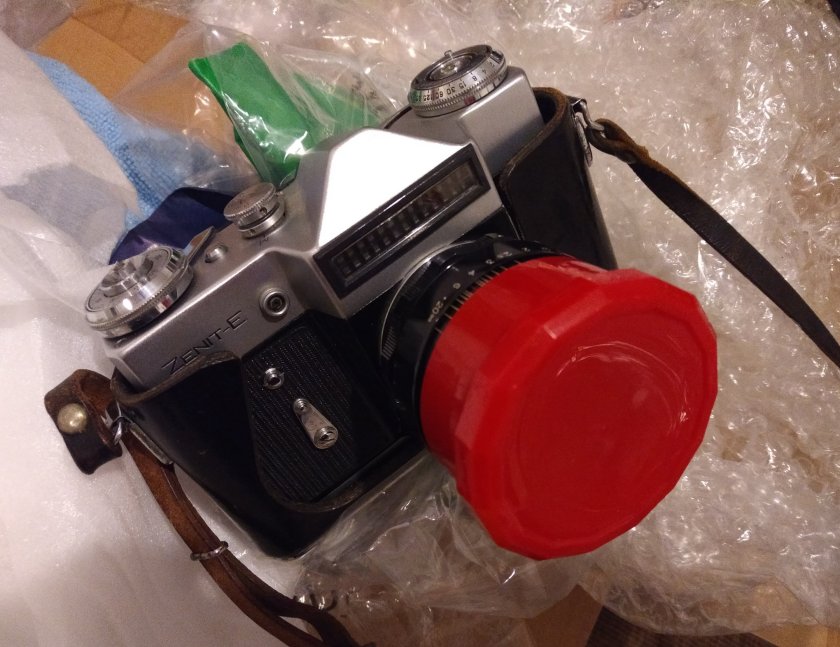
Well, how does she handle? To use a motorcycling comparison, like a pissed pig on a tea trolley. You have to wind-on before changing shutter speeds, because you need the dial to line-up with its reference mark. The fancy chrome top to the shutter speed dial makes the reference mark very hard to see. You have to lift and twist the dial to change speeds, so you find yourself slowly twisting the dial to find the point where it lines-up and drops back down. So in use, you tend to set the speed and leave it.
The focusing screen is dark and not very positive. I have other cameras that have a real snap to the focus – you can see easily when something is sharp or not. With this beasty I was racking the focus back and forth and trying to judge where it was sharpest. I even tried adding some diopter adjustment to the eyepiece to see if it made the screen sharper (it did not). The result was that I used an SLR as a zone-focus camera. I know the Leica-likers do this because of the shortcomings of a rangefinder (ok class, discuss), but this is an SLR dammit! So I set the aperture and closed it down, set the shutter speed and dialled the lens to either the hyperfocal distance or the range I wanted sharp. In effect I turned an SLR into a point and shoot. Nothing wrong with that, except it weighs a kilo. And I had to carry a light meter as well. The last point is not really bad, because I could use an exposure calculator which weighs less and takes up less space than the lens cap.
So why bother? Well, if you really do want your photography to slow you down, this is the boy for you. Anything other than controlled method will yield bad results. The cameras are also cheap and tough. If what you want is a working shutter that will take any M42 lens, then this is also the boy for you. You will just need to make sure that your lens has an auto/manual switch for the aperture or is a pre-set, as this Zenith lacks the pusher that presses the aperture pin (or you use a bit of card and some gaffer tape to hold the pin down. Don’t do this at home, kids). On the other hand, this camera was built to the same premise as a Russian tank: what it doesn’t have can’t break. This 1966 camera is still working long after the plastic and electronic wonders of the 70s, 80s and even 90s have died.
Should you buy one? Yes, if you can get one cheap with a lens on it. But if you can’t live with the limitations, look for a screw-mount Praktica instead. Or start a love affair and buy an old Pentax.


